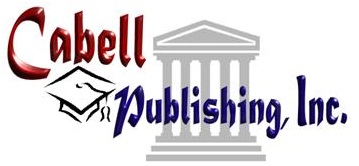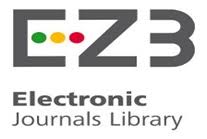Archive
Volume 1, Issue 1
International Journal of Science and Engineering Applications (IJSEA)
Volume 1, Issue 1 - November 2012
Analysis of Efficiency, Thermal Withstanding Capacity and Electromagnetic Interference of Three Phase Squirrel Cage Induction Motor Coated with SiO2 & TiO2 NanoComposite Filled Enamel
D. Edison Selvaraj, Dr. C. Pugazhendhi Sugumaran, B. GuruPrakash,
R. Vishnu Prakash, E. Muthupandi, R. Balakumar

Abstract:
Three phase induction motors consume 60% of industrial electricity. Just 1% increase in efficiency of all the motors in India will save 500 MW powers which needs the initial generation cost of 2000 crores. Actions were taken to use the enamel filled with SiO2 and TiO2 nanocomposite as the coating for the induction motor to improve its efficiency. The efficiency of the induction motor was increased by 5% by adding nanocomposites of SiO2 and TiO2 (1:3) to the enamel used as the coating for the windings of the three phase squirrel cage induction motor. Heat run test was performed on electrical machines to determine the total loss of energy dissipated as heat. The addition of nanocomposites to the enamel has increased the temperature withstanding capacity of the induction motor. The values of electromagnetic inference produced by normal induction motor and nano coated induction motor was also measured and analyzed. There was a reduction of 15 to 60% in the values of the electromagnetic interference produced by the normal induction motor when compared to that of nanocomposite filled enamel coated induction motor at various distances. This method can be used as one of the method to reduce the electromagnetic interference by the induction motors.
References:
[1] Dieter Kind and Hermann Kamer, “High Voltage Insulation Technology” 1985.
[2] M S Naidu and V Kamaraju, “High Voltage Engineering” Solid dielectrics used in practice pp 106 – 122.
[3] B. Tareev “Physics of Dielectric Materials” Tests for thermal ageing pp 234 – 235.
[4] IEC 61251: Electrical insulating materials – A.C. voltage endurance evaluation. IEC, Geneva, 1993.
[5] E. Kuffel, W.S. Zaengl and J. Kuffel, “High voltage engineering fundamentals” Partial discharge measurements.
[6] J. W. Mackersie, M. J. Given and R A. Fouracre, “The electrical properties of filled and unfilled commercial epoxy resins”, IEE 2000.
[7] K. Inuzuka, H. Inano, N. Hayakawa, T. Hirose, M. Hamaguchi, and H. Okubo, “ Partial discharge characteristics of nanocomposite enameled wire for inverter fed motor,” 2006Annu. Rep. Conf. Elect. Insul. Dielect. Phenomena, Kansas City, 2006, pp. 594-597.
[8] Pugazhendhi Sugumaran. C, Mohan. M.R and Udayakumar. K, “Investigation of Dielectric and Thermal Properties of Nano-filler (ZrO2) Mixed Enamel”, IEEE Transaction on Dielectrics and Electrical Insulation: Vol.17, No.6, 2010.
[9] Hulya Kirkici, Mert Serkan, Koppisetty, “Nano-dielectric Materials in Electrical Insulation Application”, IEEE, 2005.
[10] Takahiro Imai, Gen Komiya, Kiyoko Murayama, Tamon Ozaki, “Improving Epoxy-based Insulating Materials with Nano-fillers toward Practical Application”, IEEE 2008.
[11] Guoqin Zhang, Guangning Wu, Laisheng Tong, Enguang, “ Study of Nano TiO2 Filler in the Corona - resistant Magnetic Wire Insulation Performance of Inverter-fed Motor”, Proceedings of international Symposium on Electrical Insulating Materials, June 5-9, 2005, Kitakyushu, Japan A3-8, 2005.
[12] Edison Selvaraj. D, Pugazhendhi Sugumaran. C and SivaPrakash. A, “Characterization of Electrical and Thermal Properties of Enamel Filled with Carbon Nanotubes”, PEIE 2012, LNEE, pp. 496-502, 2012.










